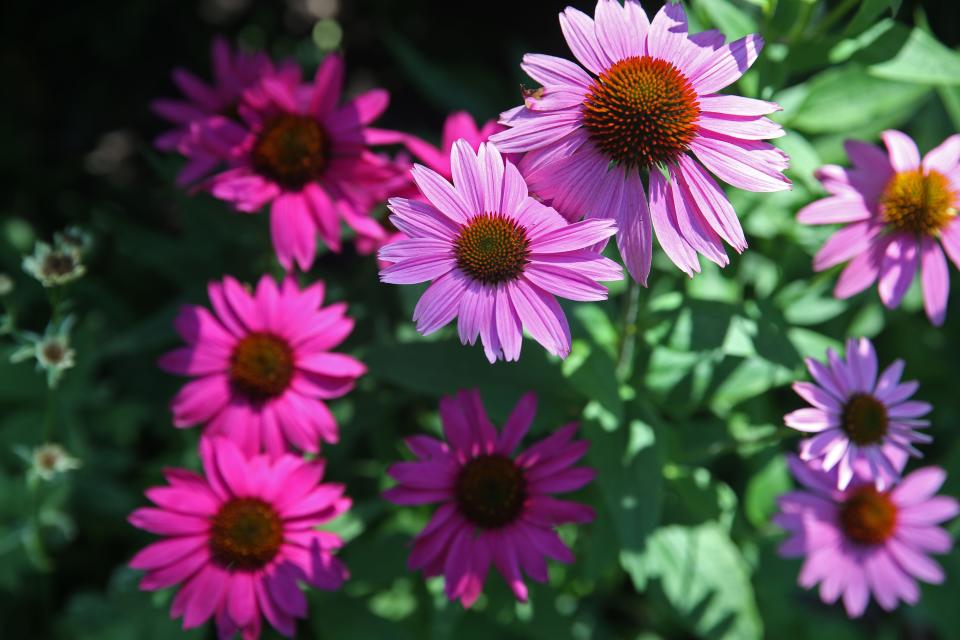Tips for improving soil, colorful coneflowers and floppy hydrangeas
Question: Last year I purchased "topsoil" from a local company that contained a lot of clay. While I was not home, my dear husband added about 2 inches of this topsoil on top of my good soil in my eight raised-bed gardens. I didn't have much of a garden last year because of the clay. Should I take it out of my garden or just add compost/manure?
Answer: If the clay soil was mixed into or worked its way into the good soil, try incorporating several inches of organic matter into the top 6 to 8 inches of the existing soil. Use an organic mulch over the soil surface to help retain moisture, suppress weeds and, as it breaks down, add organic matter and nutrients to the soil. You can also incorporate shredded leaves into the garden in the fall to continue improving the soil. As you know, improving soil is an ongoing process.

Q: There are a lot of beautiful coneflower varieties for sale. I would like to create a garden filled with lots of different-colored coneflowers, but the price for these plants is more than my budget will allow. I read you can’t save the seed to start new plants. Is this true? Is there any cost-effective way to create the garden I desire?
A: Collecting and planting seeds from hybrid plants like those you want does not usually result in the offspring looking like the parent plant. They may look like one of the parents used to create the unique feature, something different, or some may resemble the parent plant. You can purchase seeds of some of the newer coneflower hybrids. Check with your local independent garden center and online sources. Seeds of Cheyenne Spirit are readily available and grow a mix of purple, pink, red, orange, yellow. I have had good success with these surviving in our climate. Keep in mind that the purple coneflower species does spread more readily than most of the uniquely colored coneflowers. This means you may need to do a bit of regular dividing to prevent the purple coneflowers from overtaking those newer hybrid cultivars.
Q: My Annabelle hydrangea has spread, and the outer stems flop over the lawn making it difficult to cut the grass. I cut all the stems back to just above the ground each year but it is still floppy. Any suggestions?
A: Annabelle hydrangeas bloom on new growth so pruning during the dormant season, fall through early spring, won’t prevent flowering. Try pruning all the stems back to 15 to 18 inches above the soil surface. Cut half of these back to ground level. The shortened older stems help support the new growth that sprouts from the ground, helping to reduce floppiness. This also works well on potentilla and summer blooming spirea.
Visit Melinda’s website, MelindaMyers.com, for a list of her free webinars and events this spring.
This article originally appeared on Milwaukee Journal Sentinel: Tips for improving soil, colorful coneflowers and floppy hydrangeas

